Table Of Contents
Introduction
In today’s highly competitive education market, generating quality student leads has become essential for colleges and universities aiming to meet their enrollment goals. Recent research by EducationDynamics shows that 65% of institutions in 2025 are using emerging technologies such as AI in their enrollment efforts—an increase from 40% in 2024. This trend highlights how quickly higher ed lead generation is shifting toward data-driven and tech-enabled approaches.
At the same time, the cost of attracting prospective students is rising, with the average cost per lead in higher education reaching $982 across both paid and organic channels. This makes it critical for institutions to focus on strategies that not only increase the volume of leads but also improve their quality and conversion potential.
What is Lead Generation?
In higher education, lead generation refers to the process of attracting, identifying, and engaging potential students who are genuinely interested in an institution’s programs. This involves implementing strategies and tools to capture essential details—such as a student’s name, email address, academic background, and program preferences—that enable institutions to build meaningful connections.
Rather than just collecting contact information, effective student lead generation focuses on nurturing these prospects through personalized communication, relevant content, and timely follow-ups until they are ready to take the next step in the enrollment journey.
For colleges and universities, a strong lead generation strategy not only helps them stand out in a crowded marketplace but also ensures a consistent pipeline of qualified applicants, improves marketing ROI, and directly supports long-term recruitment and enrollment goals.
Why Student Lead Generation Is Essential for Enrollment
In today’s highly competitive higher education environment, colleges and universities face the ongoing challenge of attracting and enrolling a limited pool of prospective students. Student lead generation is critical to overcoming this challenge, as it enables institutions to identify, engage, and convert potential learners more effectively.
Competing in a Crowded Market
With many institutions targeting the same student base, standing out requires a focused and strategic approach. Lead generation helps colleges identify and connect with students most likely to be interested in their programs, ensuring marketing efforts are both targeted and impactful.
Ensure a Steady Flow of Applicants
A well-executed lead generation strategy ensures a steady flow of qualified student leads. This consistency prevents enrollment gaps, facilitates accurate forecasting of admissions cycles, and helps institutions plan budgets, allocate resources, and meet enrollment targets with greater confidence.
Reaching the Right Students
Modern lead generation leverages data analytics and AI to identify students who are actively exploring higher education options. According to MoldStud, 72% of colleges report that analytics has significantly enhanced their ability to target students most likely to enroll, allowing for more precise and personalized outreach.
Generating High-Quality Inquiries
Effective lead generation focuses not just on quantity but quality. High-quality leads ensure admissions teams engage with genuinely interested prospects, improving efficiency and overall enrollment outcomes.
Strengthening Enrollment Results
Focusing on qualified leads improves conversion rates, turning inquiries into actual enrollments and supporting both institutional growth and reputation. Nearly 48% of institutions report that AI integration has had a positive impact on their enrollment funnel, highlighting the connection between quality leads and stronger outcomes.
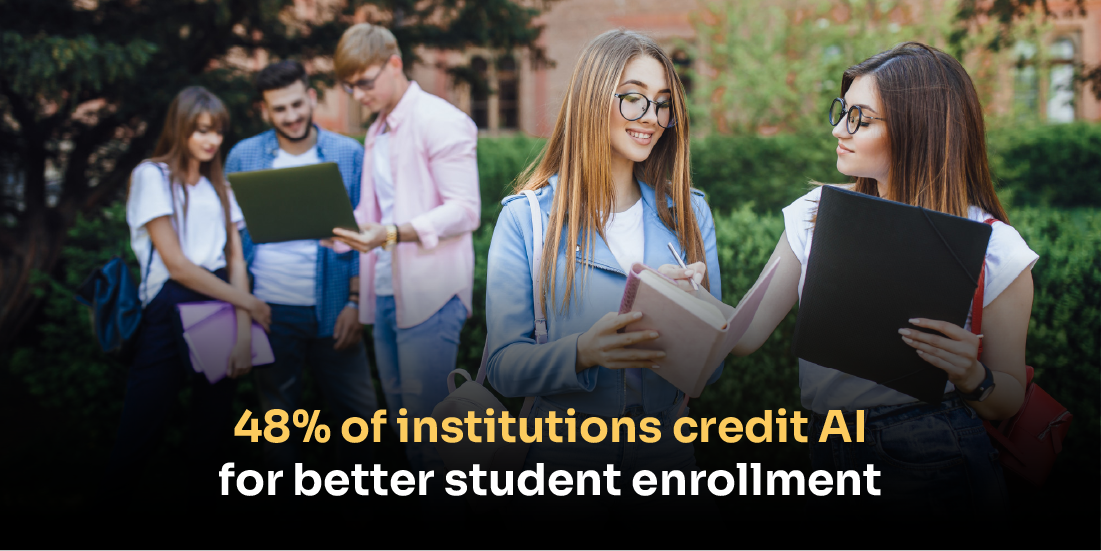
Effective Strategies for Student Lead Generation in Higher Education
Successful lead generation for higher education is essential for colleges, universities, and online education providers to attract, engage, and enroll prospective students. Below are proven strategies and best practices that can help institutions capture high-quality leads and convert them into enrolled students effectively.
Run Lead Generation Ads for Your Institution
With multiple advertising options available, it’s important to choose channels and strategies that best position your institution in front of prospective students.
Google Ads
- Google handles over 60% of all searches in the U.S. and has more than 90% of the global search engine market.
- Use Google Search Network to show ads when users search for relevant programs (e.g., “computer science programs in Seattle”).
- Use Google Display Network to display ads across over 2 million websites, videos, and apps.
- Lead form assets in Google Ads allow prospects to submit information directly within the ad, improving conversions.
The Hong Kong Polytechnic University promoted the Global AI Forum 2024 using Google Display Ads targeted to relevant websites.
LinkedIn Lead Ads
- LinkedIn has over 1 billion members worldwide, making it ideal for reaching professionals, alumni, educators, and students considering further education.
- Lead generation forms automatically fill in user information from LinkedIn profiles, making sign-ups easy.
- Limit forms to 3–4 fields for higher conversion rates.
Pepperdine Graziadio Business School used LinkedIn Lead Ads to offer merit scholarships, generating over 750 leads and achieving higher-than-average clickthrough and open rates.
Facebook Lead Ads
- Facebook has around 2.9 billion monthly active users, offering extensive reach.
- Lead ads allow prospects to sign up instantly using pre-filled profile data.
- Proper targeting and engaging creatives can reduce cost per lead and increase enrollments.
Independence University’s Facebook campaign reduced the cost per lead by 11% and lowered cost per enrollment by up to 39%.
Leverage SEO for Organic Lead Generation
SEO helps institutions rank higher in search engine results, driving organic traffic and generating leads without paid ads.
Best Practices:
- Responsive Design: Ensure mobile-friendly websites for better rankings and user experience.
- Optimize Page Speed: Use tools like Google PageSpeed to improve loading time.
- Keyword Research: Target terms prospective students search for using tools like Google Keyword Planner.
- Update Content: Regularly refresh website content, meta titles, descriptions, and headings.
- Link Building: Earn backlinks from reputable sites to boost authority and traffic.
Michigan Technological University improved engagement and site visits by optimizing content and keywords for search visibility.
Integrate AI Chatbots to Capture Leads
AI chatbots provide 24/7 engagement, answering questions, collecting information, and guiding prospects through the enrollment funnel.
- Personalize interactions using visitor data.
- Assess lead interest level to prioritize follow-up efforts.
According to the E-Expectations study (2025), after interacting with a chatbot, 29% email admissions, 28% explore the website further, 27% submit an inquiry form, and nearly 25% apply—showing their effectiveness in generating high-quality student leads.
Offer Downloadable Content
Providing valuable downloadable resources such as eBooks, checklists, guides, or research briefs is an effective way to attract and capture student leads. When prospects access these resources, they are typically asked to share their contact information through simple forms, creating a direct channel for engagement.
Key practices include:
- Collect leads efficiently: Use short, user-friendly forms to encourage submissions without causing friction.
- Maintain engagement: Follow up with relevant program updates, newsletters, or invitations to events to nurture leads and guide them through the enrollment funnel.
Host Webinars
Webinars allow institutions to share valuable content while capturing lead information.
Steps for Effective Webinars:
- Identify your target audience.
- Select relevant topics addressing common questions.
- Create engaging and structured content.
- Promote via email, social media, and partnerships.
- Optimize registration forms for easy sign-up.
- Send automated reminders before the event.
- Engage with Q&A, polls, and demonstrations during the session.
- Follow up with recordings and additional resources.
Emerson College hosts webinars to educate prospective students about programs, admissions, and campus life.
Tools and Technologies to Enhance Lead Generation in Higher Education
Implementing the right tools and technologies is essential for effectively capturing, managing, and nurturing prospective leads. Here’s how various solutions can strengthen your lead generation efforts:
CRM Tools
Customer Relationship Management (CRM) platforms enable institutions to track and manage interactions with prospective students. They store valuable data, segment leads based on interests or behavior, and automate communications, making follow-ups more efficient and personalized. For example, Hennepin Technical College reported a 30% increase in new student enrollment after leveraging CRM systems to optimize recruitment and admissions processes.
Lead Capture Forms and Landing Pages
Tools like Google Forms allow colleges to create optimized landing pages and forms to collect essential information such as names, emails, and program preferences. These tools simplify lead collection and improve conversion rates. Notably, 89% of college-bound students in the U.S. consider university websites as the most important resource during their research process.
AI-Powered Chatbots
AI chatbots are highly effective in engaging prospective students by providing real-time assistance. For example, the University of Murcia handled 28,000 student queries by implementing an AI-based chatbot. Using natural language understanding, the system resolved 90% of inquiries, regardless of time zones, improving student satisfaction and streamlining the admission process. With Edmo Conversation Intelligence, institutions can take this a step further by offering smarter, context-aware interactions. The chatbot not only answers queries but also analyzes student intent, ensuring meaningful and personalized conversations at scale.
Email Marketing Automation
Email is one of the most preferred ways for students to receive information. According to EAB’s 2025 Student Communication Preferences Survey, 68% of students prefer email at the start of their college search, increasing to 77% later in the process. Tools like Mailchimp and HubSpot allow colleges to send personalized, targeted emails that nurture leads and boost enrollment conversions.
Data Analytics and Predictive Modeling
Advanced analytics tools enable institutions to understand student behavior, identify high-intent leads, and forecast enrollment trends. Predictive modeling helps universities focus efforts on prospects most likely to convert. For instance, the University of Arizona implemented a predictive analytics system to identify students at risk of failing a course, and with timely interventions, they achieved a 13% increase in pass rates.
Common Mistakes in Student Lead Generation
Even with strong marketing efforts, many higher education institutions struggle with student lead generation due to avoidable errors. Understanding these common pitfalls can help improve engagement, attract higher-quality leads, and increase enrollment conversions.
Not Targeting the Right Audience
Marketing to a broad audience without defining an ideal student profile often results in low-quality leads. Segmenting audiences based on interests, demographics, and program preferences ensures marketing efforts reach students most likely to enroll, improving efficiency and conversion rates.
Lack of Personalization
Generic messages fail to connect with prospective students. Personalizing emails, website content, and outreach based on student interests and program preferences can significantly improve engagement. In fact, 93% of students said receiving a personalized message from a college would encourage them to explore the school further.
Neglecting Follow-Up Communication
Capturing a lead is only the first step; without timely follow-ups, prospects may lose interest or turn to competitors. Automated email sequences or AI-driven assistants can maintain engagement and guide students effectively through the enrollment funnel.
Not Having a Clear Call to Action (CTA)
Students need clear instructions on the next step, whether it’s requesting information, scheduling a campus visit, or applying. Strategically placed and compelling CTAs can improve conversions by over 160%, helping prospects move through the enrollment process efficiently.
Ignoring Mobile Optimization
With most students browsing on smartphones, slow or unresponsive websites can drive leads away. Ensuring mobile-friendly websites, forms, and landing pages provides a seamless experience and increases the likelihood of engagement and lead capture.
Underutilizing Data and Analytics
Collecting lead data without analyzing it limits growth. Monitoring student behavior, engagement metrics, and campaign performance helps institutions refine strategies and improve lead generation outcomes. Schools implementing analytics have seen dropout rates drop by around 15% in the first year.
Relying on a Single Channel
Using only one communication channel—like email or social media—reduces outreach effectiveness. A multi-channel strategy that combines paid ads, content marketing, webinars, and SEO expands reach and improves engagement. Multi-channel campaigns have been shown to achieve a 31% lower cost per lead compared to single-channel approaches.
Not Providing Valuable Content
Students seek relevant and informative content to make enrollment decisions. Without resources such as blogs, testimonials, program guides, or career outcome insights, prospects may turn to competitors. 76% of marketers use content to generate leads, highlighting the importance of offering meaningful information to prospective students.
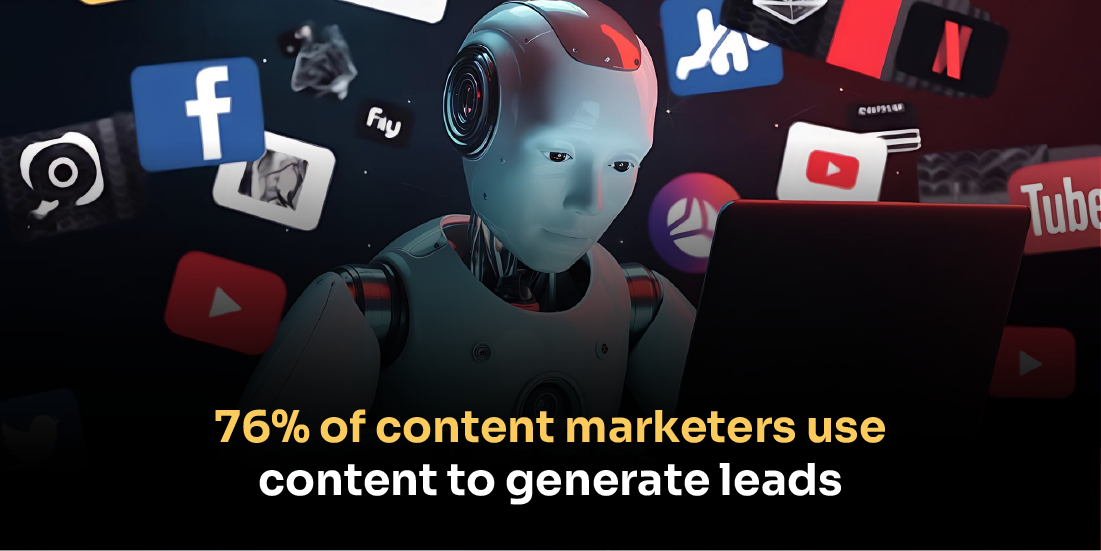
Overlooking Speed of Response
Today’s students expect quick replies to their queries. Delays in responding to inquiries can cause institutions to lose potential applicants to faster competitors. Research shows that responding to a lead within the first hour increases the chances of conversion significantly.
Failing to Nurture Leads Long-Term
Not every student decides immediately. Institutions that only focus on short-term conversions may miss opportunities to engage students who need more time. Long-term nurturing through newsletters, webinars, and career guidance resources helps maintain interest and eventually boosts enrollment.
Conclusion
Effective higher ed lead generation is key for colleges and universities to attract and enroll the right students. Using strategies like AI chatbots, downloadable resources, personalized outreach, and multi-channel campaigns helps capture quality student leads and guide them through the enrollment process. By focusing on targeted and data-driven methods, institutions can improve engagement, increase conversions, and achieve better enrollment results.
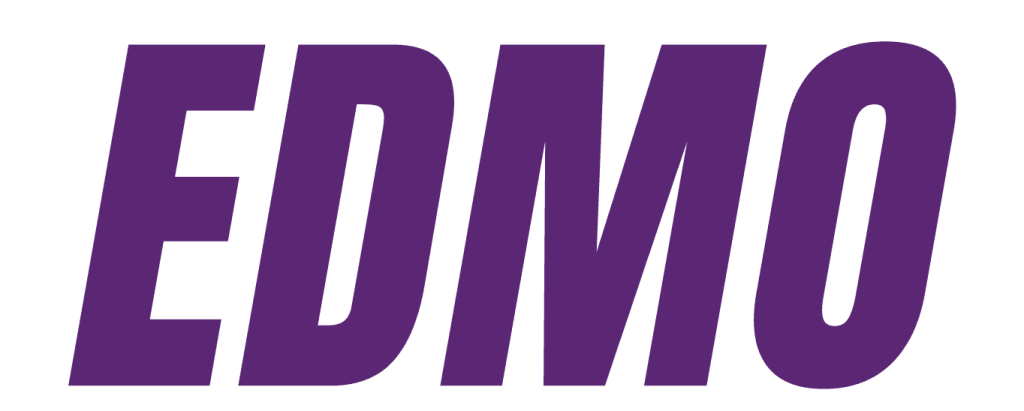

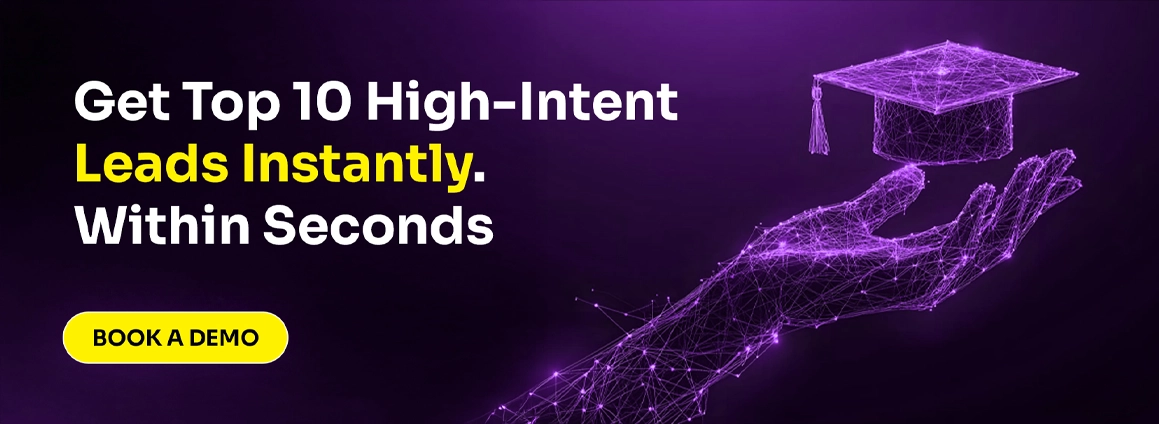


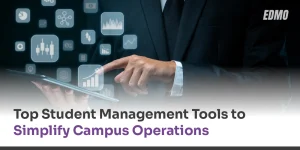


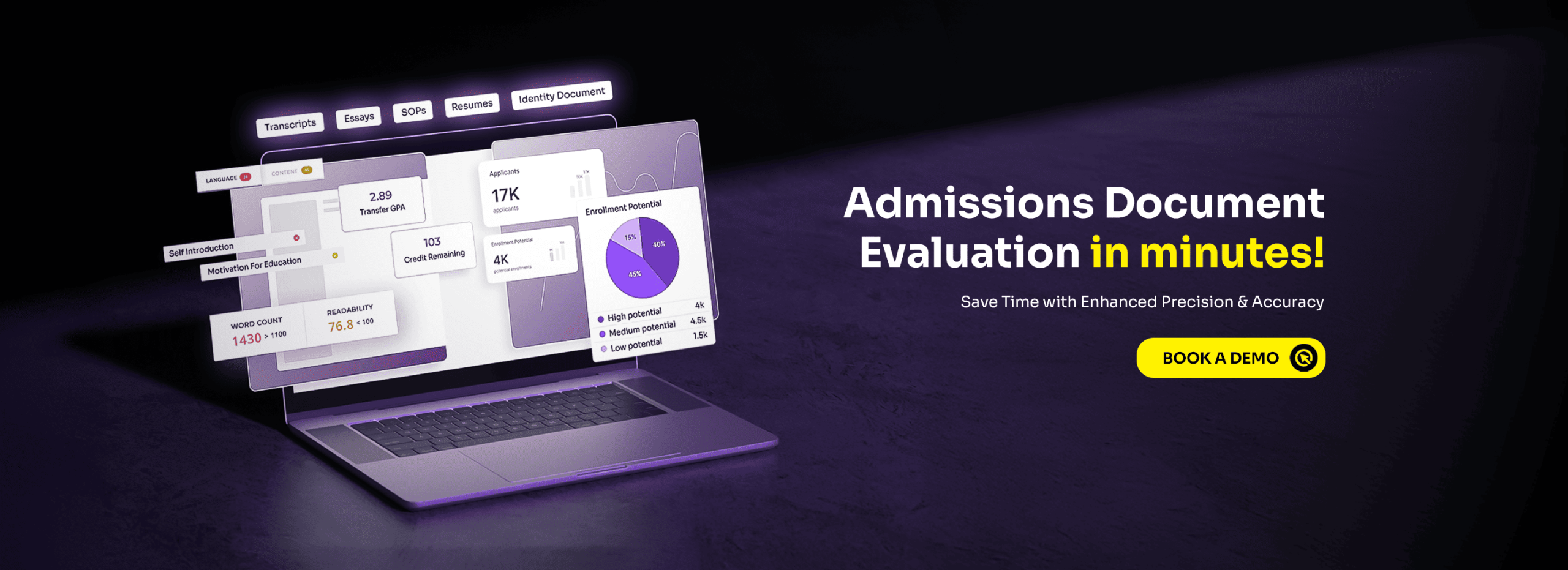
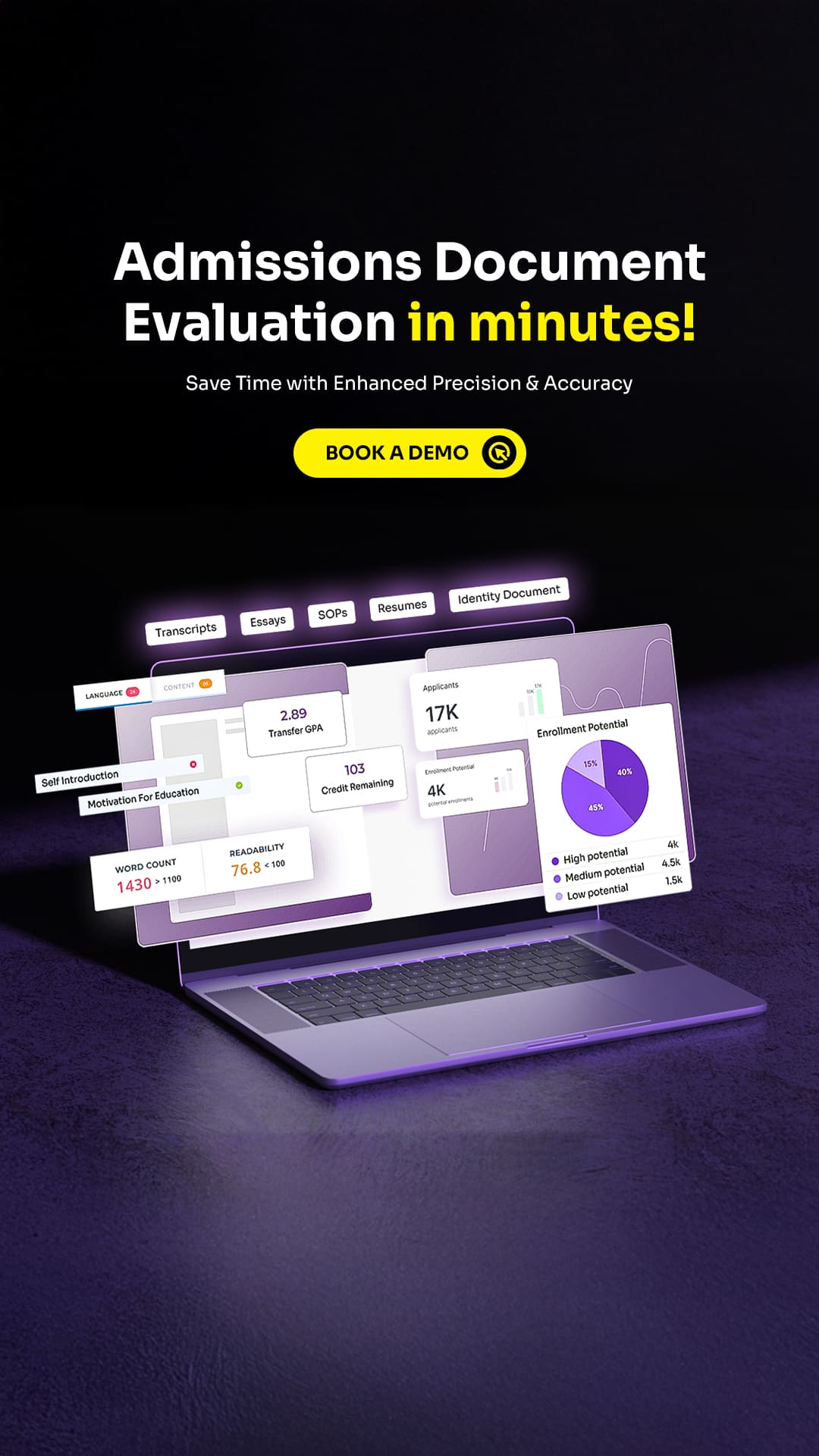
No comments yet. Be the first to comment!
Leave a Comment